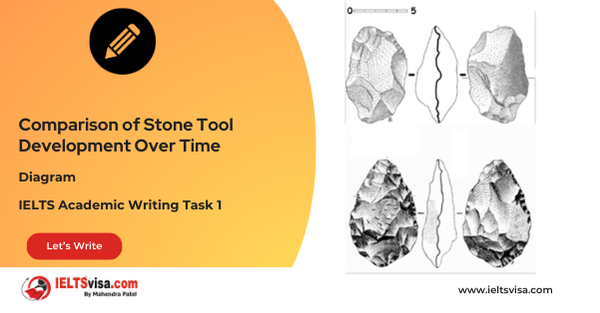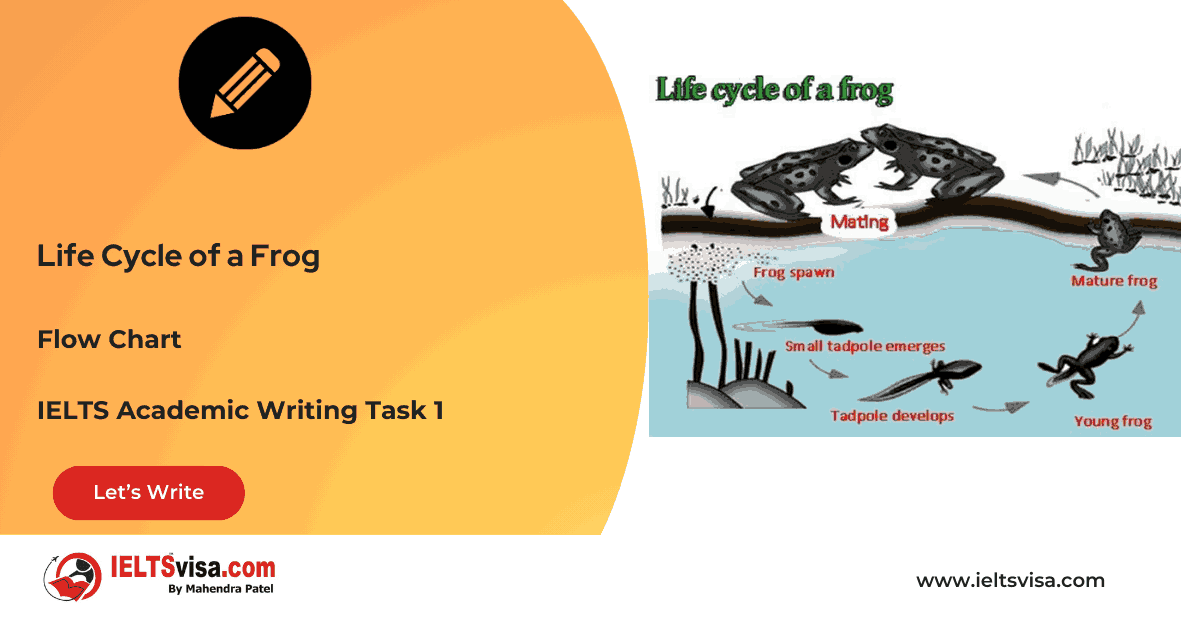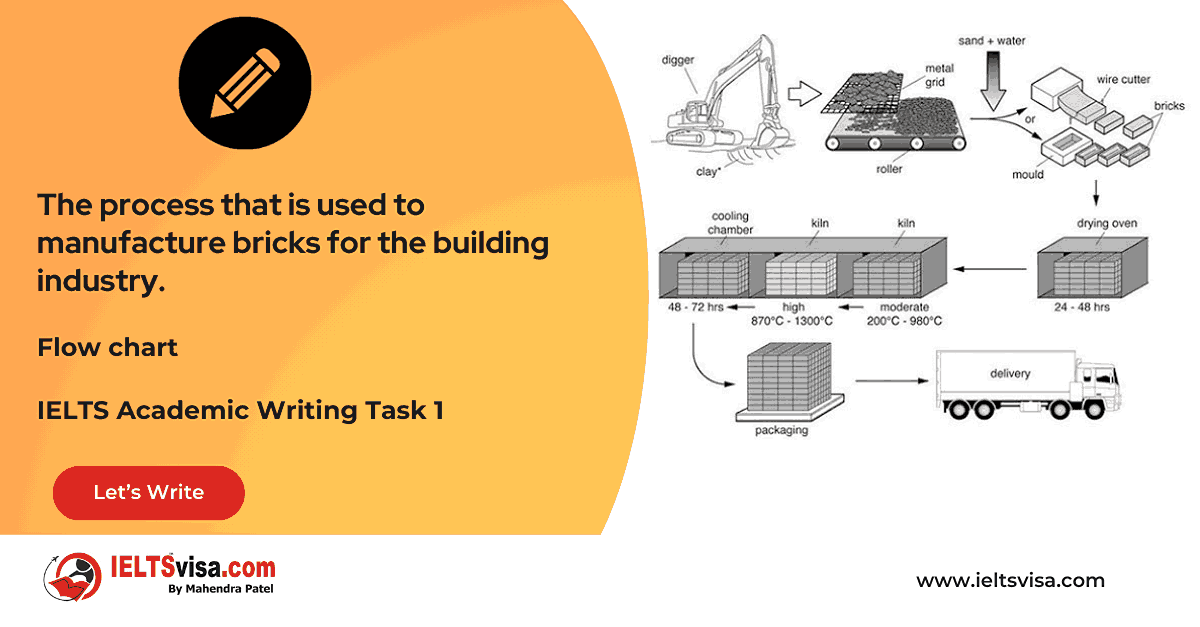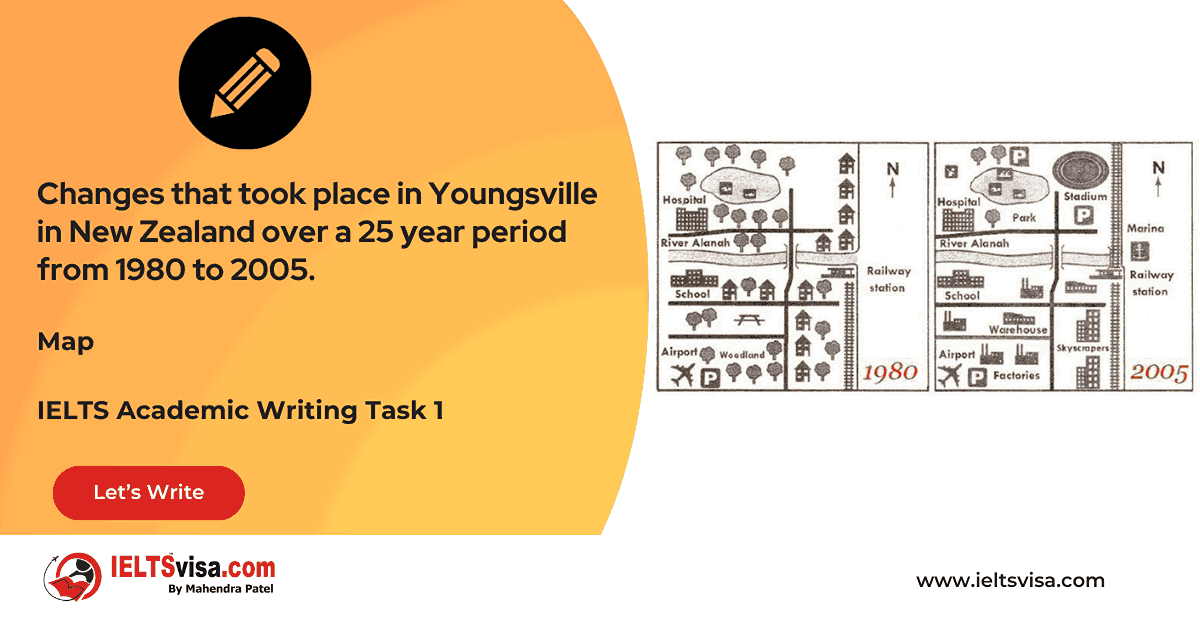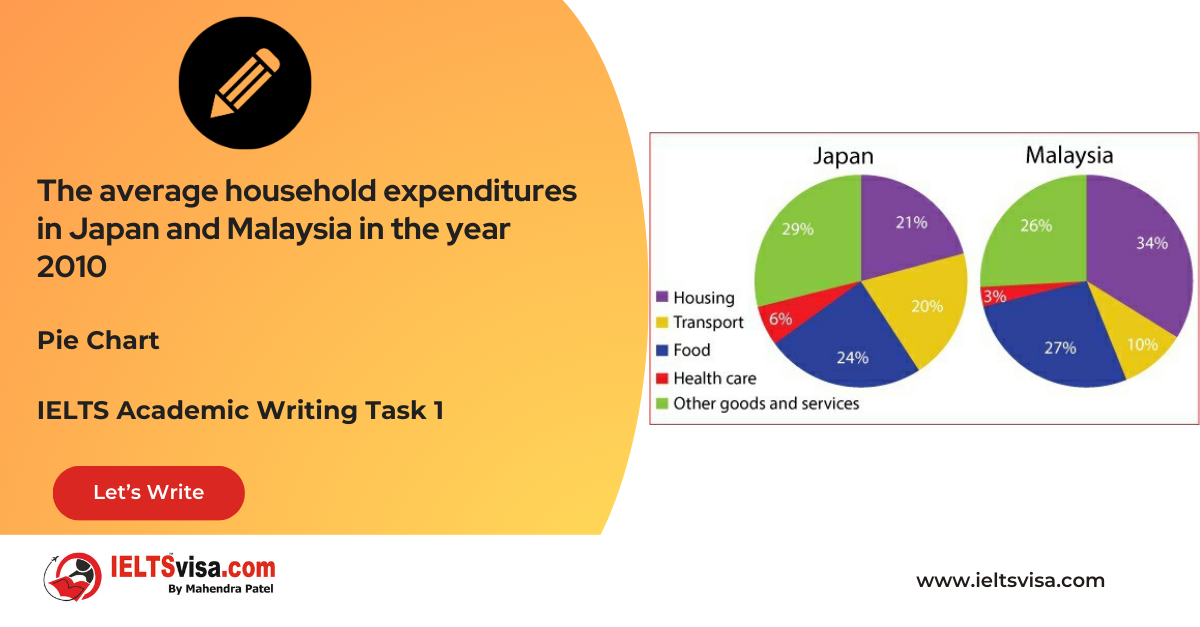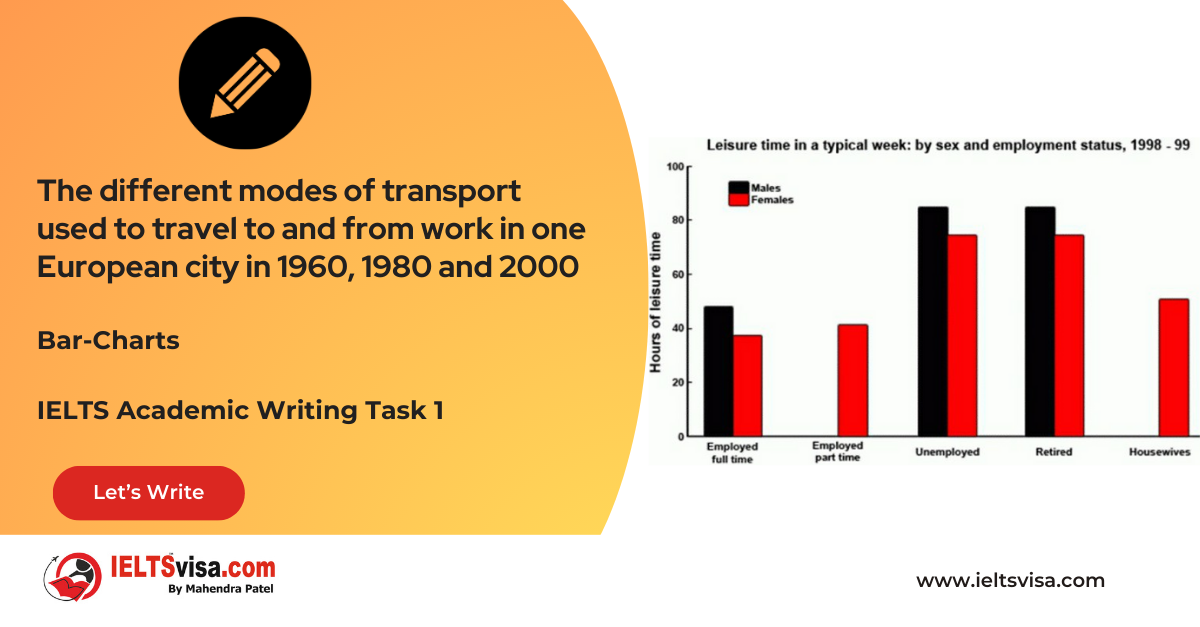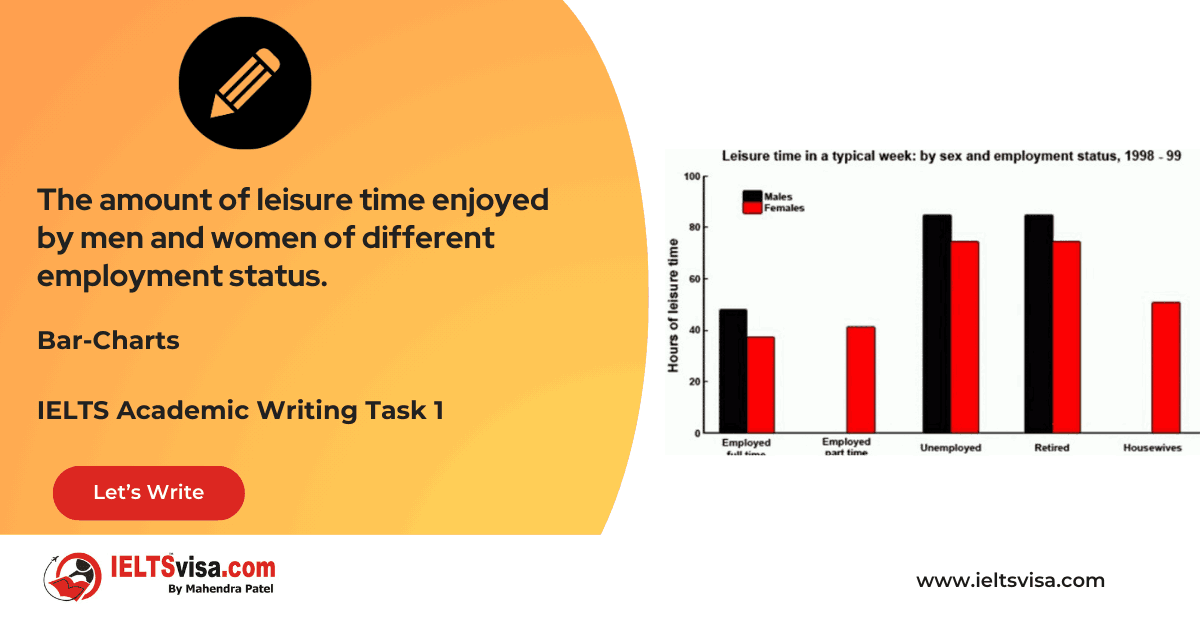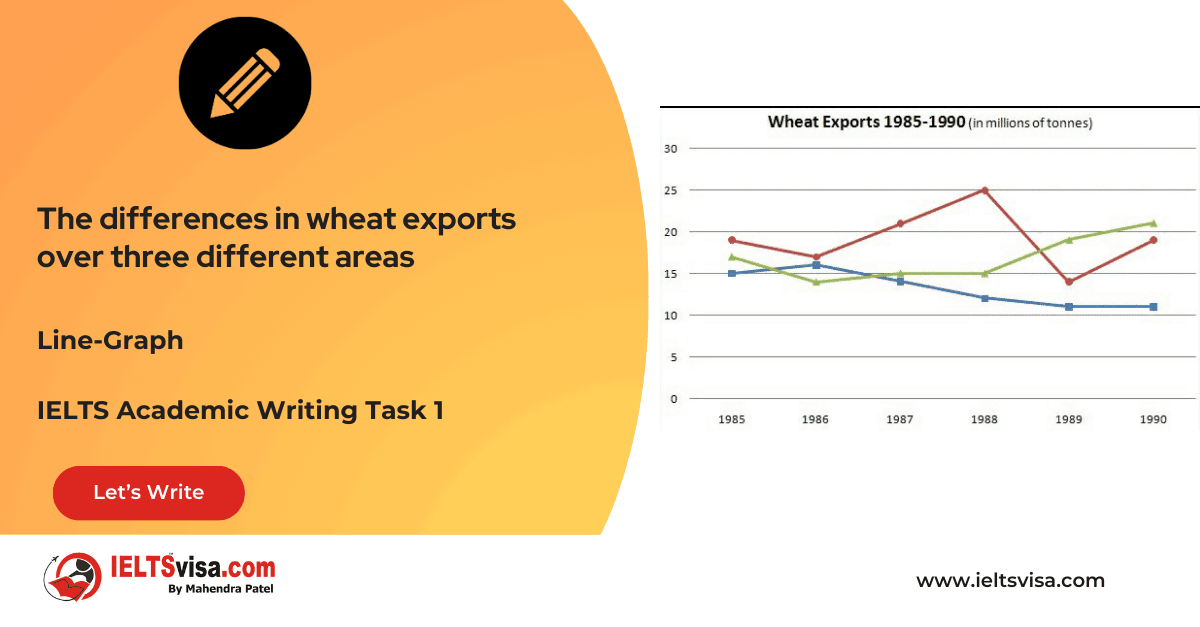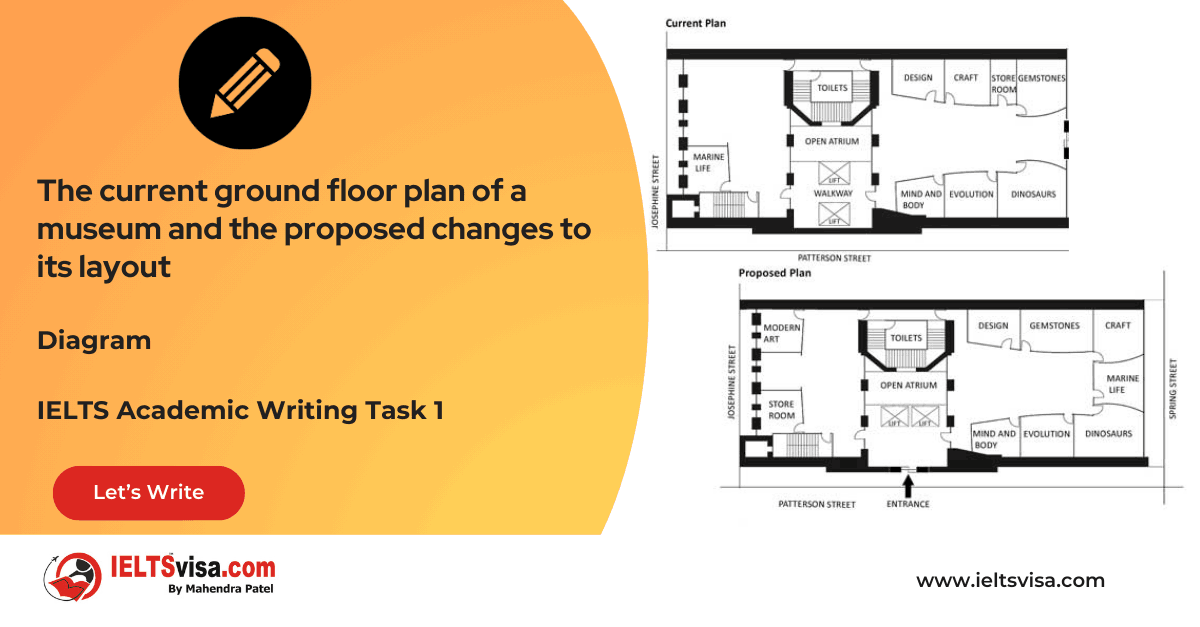How to write a maps overview
MapsIELTS Academic Writing Task 1
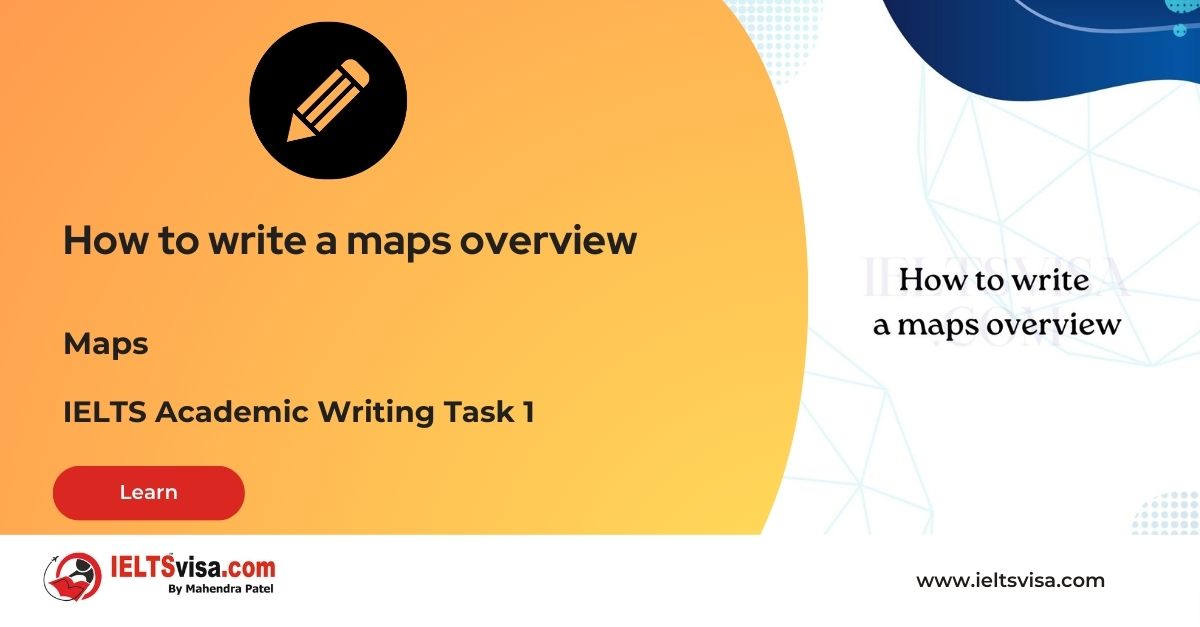
What is a Maps Overview?
Maps: You are presented with a before-and-after scenario or two different maps representing the same area at different times. Your task is to describe and compare the changes that have taken place.
The overview is a crucial part of your response, as it provides an overall summary of the key features and main trends depicted in the maps. It should highlight the most significant changes, patterns, or developments.
Key Steps to Writing an Effective Maps Overview:
1. Carefully observe the maps:
Spend a few moments studying the maps and identifying the main differences. Pay attention to significant changes in infrastructure, land use, or any other noticeable variations.
2. Note down the key features:
Make a list of the main features you observe. These can include new buildings, roads, parks, water bodies, or changes in the distribution of various elements.
3. Identify the most significant changes:
Look for significant transformations or trends. These could be changes in size, density, or location of specific features. Try to find the most notable shifts in the maps.
4. Analyse the information:
Consider the reasons behind the changes you’ve identified. This can include factors like urbanisation, population growth, economic development, or environmental factors. Understanding the underlying causes will help you provide a more insightful overview.
5. Summarise the key features and changes:
Write a concise overview paragraph that summarises the main features and significant changes between the two maps. Focus on the most important differences and patterns you observed.
6. Use appropriate language:
Use a variety of vocabulary and language structures to convey your observations accurately. This can include comparative adjectives, adverbs, and phrases such as “significantly increased,” “noticeable decrease,” or “a substantial rise.”
Examples and Answers:
Let’s consider an example to understand how to apply the steps mentioned above:
Task: The maps below show changes to a city hospital between 2000 and the present.
Overview:
Overall, the city hospital has undergone substantial expansion and modernisation over the period. A larger complex has replaced the initial building, and several new facilities, including a parking lot and a helipad, have been added. Additionally, the green area surrounding the hospital has been significantly reduced.
In this example, the overview provides a clear and concise summary of the most significant changes in the maps. It highlights the expansion and modernisation of the hospital, the addition of new facilities, and the reduction of the green area.
Now, let’s consider another example:
Task: The maps below show the development of a coastal village for tourism between 1990 and the present.
Overview:
The coastal village has experienced a remarkable transformation into a bustling tourist destination over the given period. The initial small fishing village has been replaced by a vibrant resort town featuring new hotels, a marina, and an amusement park. The road network has expanded, connecting the village to nearby attractions, while the natural beach area has been significantly developed with the addition of promenades and recreational facilities.
In this example, the overview captures the significant changes in the coastal village, emphasising its evolution into a popular tourist spot. It mentions the new tourist-oriented features, such as hotels, a marina, and an amusement park. The expansion of the road network and the development of recreational facilities are also highlighted.
Writing an effective maps overview is crucial to scoring well in IELTS Academic Writing Task 1. You can provide a comprehensive overview by carefully observing the maps, identifying key features and significant changes, analysing the information, and summarising them in a concise paragraph. Remember to use appropriate language to describe the changes accurately. With practice and attention to detail, you can master this task and demonstrate your ability to analyse visual information effectively.








Our Books
Master IELTS Speaking Part 1
IELTS Writing Task 1 Book
IELTS Writing Task 2 Book
Practice IELTS Other Modules
IELTS Listening
The IELTS Listening test assesses how well you can understand spoken English in various contexts. It lasts about 30 minutes and is divided into four sections with a total of 40 questions. The listening tasks become increasingly difficult as the test progresses.
IELTS Academic Reading
The IELTS Academic Reading section assesses your ability to understand and interpret a variety of texts in academic settings. It is designed to evaluate a range of reading skills, including skimming for gist, reading for main ideas, reading for detail, understanding inferences, and recognizing a writer's opinions and arguments.
IELTS Speaking
The IELTS Speaking test assesses your ability to communicate in English on everyday topics. It lasts 11-14 minutes and consists of three parts: introduction, cue card, and a discussion based on the cue card topic.
IELTS General Reading
IELTS General Reading tests your ability to understand and interpret various types of texts. Here are some key areas and types of content you can expect to encounter in the reading section, along with tips for effective preparation.
IELTS Academic Writing Task 1
In IELTS Academic Writing Task 1, you are presented with a visual representation of information, such as graphs, charts, tables, or diagrams, and you are required to summarize, compare, or explain the data in your own words.
IELTS General Writing Task 1
In IELTS General Writing Task 1, you are required to write a letter based on a given situation. The letter can be formal, semi-formal, or informal, depending on the prompt. Here’s a breakdown of the key components to include in your letter
IELTS Academic Writing Task 2
In IELTS Academic Writing Task 2, you are required to write an essay in response to a question or topic. Here’s a guide to help you understand the essential elements of this task
IELTS Exam Tips
To succeed in the IELTS exam, practice regularly, familiarize yourself with the test format, improve your vocabulary, develop time management skills, and take mock tests to build confidence.
Grammer for IELTS
Grammar is the foundation of effective communication in English. Understanding tense usage, subject-verb agreement, and sentence structure enhances clarity and coherence in writing and speaking.
Vocabulary for IELTS
Vocabulary plays a crucial role in the IELTS (International English Language Testing System) exam, especially in the Speaking and Writing sections. Here’s an overview of why vocabulary is important and how it impacts your performance
RECENT IELTS SAMPLES QUESTIONS AND ANSWERS
Task 1 – Diagram – Comparison of Stone Tool Development Over Time
20:00 Start Pause Stop [df_adh_heading title_infix="IELTS Writing Task 1 Question" use_divider="on"...
Task 1 – Flow chart -Life Cycle of a Frog
20:00 Start Pause Stop [df_adh_heading title_infix="IELTS Writing Task 1 Question" use_divider="on"...
Task 1 – Flow chart -The process that is used to manufacture bricks for the building industry.
20:00 Start Pause Stop [df_adh_heading title_infix="IELTS Writing Task 1 Question" use_divider="on"...
Task 1 – Map – Changes that took place in Youngsville in New Zealand over a 25 year period from 1980 to 2005.
20:00 Start Pause Stop [df_adh_heading title_infix="IELTS Writing Task 1 Question" use_divider="on"...
Task 1 – Pie Chart – The average household expenditures in Japan and Malaysia in the year 2010
20:00 Start Pause Stop [df_adh_heading title_infix="IELTS Writing Task 1 Question" use_divider="on"...
Task 1 – Bar Graph – The different modes of transport used to travel to and from work in one European city in 1960, 1980 and 2000
20:00 Start Pause Stop [df_adh_heading title_infix="IELTS Writing Task 1 Question" use_divider="on"...
Task 1 – Bar Graph – The amount of leisure time enjoyed by men and women of different employment status
20:00 Start Pause Stop [df_adh_heading title_infix="IELTS Writing Task 1 Question" use_divider="on"...
Task 1 – Line Graph – The differences in wheat exports over three different areas
20:00 Start Pause Stop [df_adh_heading title_infix="IELTS Writing Task 1 Question" use_divider="on"...
Task 1 – Diagram – The current ground floor plan of a museum and the proposed changes to its layout
20:00 Start Pause Stop [df_adh_heading title_infix="IELTS Writing Task 1 Question" use_divider="on"...

